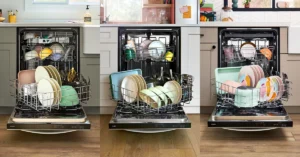Creating a Winning Vision Through Storytelling

What exactly is an industrial designer?
“Generally people don’t know what that means,” said Whirlpool Corporation Global Brands Design Manager Jason Tippetts. “An industrial designer has a Fine Arts background in basic design, sculpture, model-making, usability, color theory, and some graphic design,” he explained, “in addition to manufacturing, marketing, and engineering training as well.”
Industrial designers straddle the space between design, engineering and marketing—looking at a product through the lens of the consumer. “In our training a lot is based on observing people’s behavior, needs, usability and interaction, which informs an understanding of the consumer and lets us be the advocate for the consumer experience in the product development process,” said Tippetts.
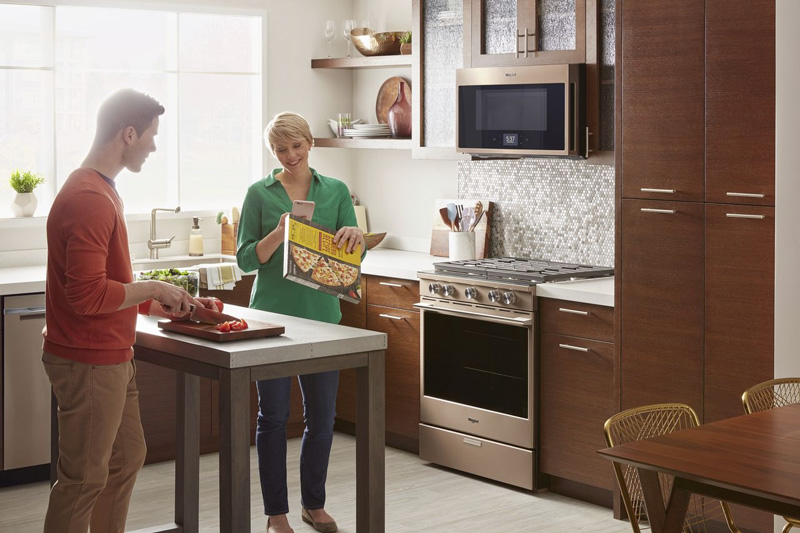
Telling a Good Story
“You’ve got to have a vision and a story to begin with in order to sell,” said Tippetts. “It is up to our cross-disciplinary teams to create a vision and a story. People get inspired because the stories are effective. They’re powerful. When they feel an emotional connection to a story, they’re going to use it.”
When telling these stories, designers use the home as a filter to establish how we as a company want to integrate appliances into consumers’ homes and remove chores from their lives. But there’s more to it than that, said Tippetts. “We also want to make the products more relatable; more humanized if you will. Those tenets drive a lot of our decisions, no matter what category, no matter what brand. Having a set of beliefs really helps our designers focus, and it also helps sell our philosophy to the industry.”
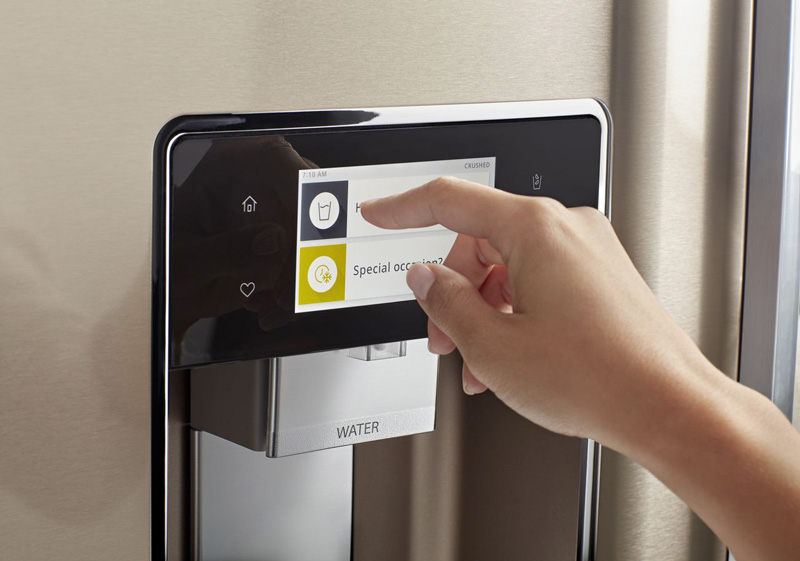
Thinking Like a Consumer
The design team’s empathy for the consumer goes deeper than just how a product is used. It can filter all the way down to an emotional level. “It’s not only about creating a beautiful object,” said Tippetts. “It’s about bringing design to everyday problems in a way that industry can leverage beautifully. The business of it is just as important as the art of it. Also, that design philosophy can be applied to both marketing and engineering by understanding how form, proportion and interaction affect whether or not people will buy a product.”
Ideally, by trying to work with cross disciplinary teams, designers gather several points of view. “We connect the dots between what we observe, what people want, and what we can make,” Tippetts says. “Because of this design skill set, we use the same methods employed to empathize with the consumer to understand an engineer (what we can make) or with marketing (what people want).”
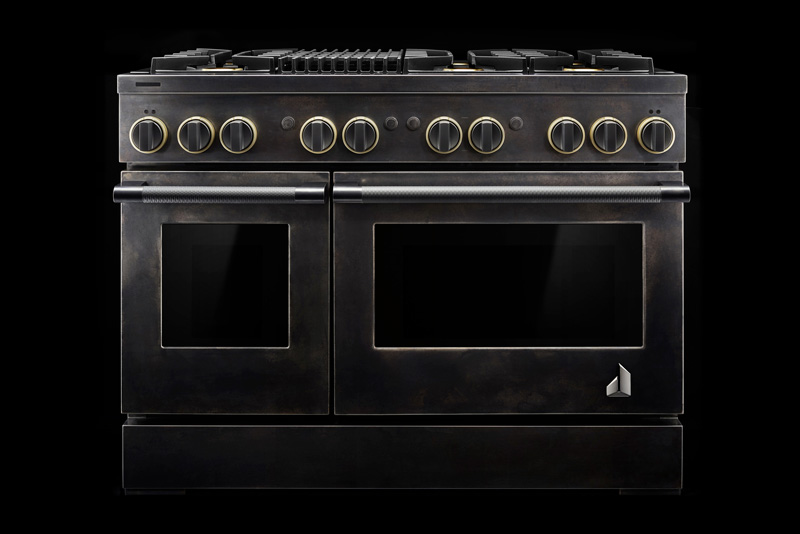
Making the Sale
Designers have also become valuable tools in both internal and external sales. “A lot of times we’re brought to the table with trade partners because they understand that brands need to design distinctive experiences, and that this creates a competitive advantage,” Tippetts explained. As designers create meaningful stories that inspire teams to create winning product experiences, they are also inspiring others on the true consumer value in a narrative form.
“There’s a real value in connecting and translating the great stories we are already telling internally into stories that will be relevant to our trade partners and then ultimately relevant to the consumer as well,” said Director of the Global Advanced Studio Dan Clements.
Within each category, Whirlpool Corporation’s portfolio of brands take these stories even further. “We’ve been trying to establish the credibility of Whirlpool Corporation as a design-oriented company with brands that speak to different consumers,” said Tippets. “Having design professionals available to sales teams also allows customers and trade partners to ask questions and take in answers with the confidence that comes with talking to a specialist.”
For example, people often enjoy hearing about why a certain color finish was chosen or why a handle was designed a certain way. Even insights into what’s happening in home trends and design or behaviors around food and clothing care can be credibly discussed. This becomes especially useful when working with builders.
“For a long time our trade customers have had their own designers. We may be talking to a builder or a retailer that works with builders. They’ve got their own interior designers and those designers want confidence that the product decisions we’re making align with the trends they’re seeing in the home. So, one of our big directives over the last two or three years has been to establish our design competency as a company.”
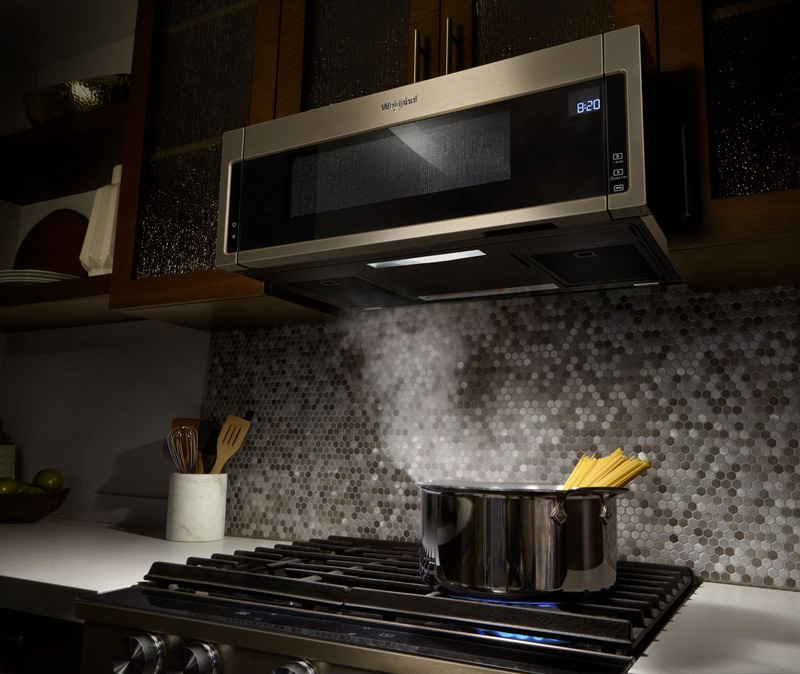
Bringing it all Together
Tippetts says that the real “secret sauce” in this process is people. “Those that work on the design stories bring something special to the large amount of ‘data’ and information used to guide product development. We have industrial designers, color finish material designers, advanced concept designers, user experience designers, and people from different categories such as laundry, cooking, dishwashing, and refrigeration, who we then end up networking with to create project teams.”
In the end, it’s about creating a winning philosophy that works on all levels. “We believe our strategy can guide us as we solve problems,” said Tippetts. “Those problems aren’t barriers, they’re opportunities.”


